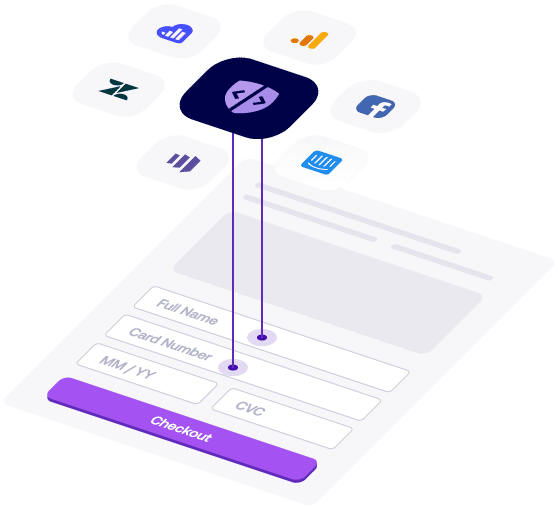Summary
DevSecOps is the practice of integrating security into DevOps processes from the start—rather than as an afterthought. This approach helps security, development, and operations teams collaborate more effectively to identify and resolve vulnerabilities early, reducing risk and improving compliance.

What Is DevSecOps?
DevSecOps stands for Development, Security, and Operations. It’s a methodology that integrates security practices into each stage of the DevOps pipeline—planning, development, testing, deployment, and maintenance. The goal is to automate and embed security into fast-paced software delivery cycles without sacrificing speed or innovation.
DevSecOps builds on the principles of DevOps (collaboration, automation, and continuous delivery) by making security a shared responsibility across teams instead of relegating it to a siloed function.
How It Works
DevSecOps works by embedding security controls and testing throughout the software development lifecycle (SDLC), using:
- Automated security testing tools (e.g., SAST, DAST, SCA) integrated into CI/CD pipelines
- Secure coding practices taught and enforced from the start
- Policy-as-code to define and enforce compliance
- Threat modeling during the planning phase
- Real-time alerts and telemetry for continuous monitoring
This approach enables teams to identify and fix vulnerabilities as code is written, reducing costs and minimizing the risk of breaches.
Best Practices
To build an effective DevSecOps program:
- Automate security checks in the development pipeline
- Shift left by testing early and often
- Use secure code repositories and scan dependencies
- Involve security champions in every team
- Continuously monitor apps and APIs for anomalies
- Train developers on secure coding and OWASP Top 10
How Feroot Helps
Feroot helps organizations integrate client-side security into DevSecOps workflows by continuously monitoring JavaScript and third-party scripts for suspicious behavior. With Feroot, security teams can:
- Detect unauthorized script changes
- Enforce policy-as-code for script behavior
- Identify and stop malicious third-party activity
- Comply with security frameworks like PCI DSS, HIPAA, and NIST
FAQ
What is the main goal of DevSecOps?
To integrate security into every stage of the software development lifecycle without slowing down delivery.
How does DevSecOps differ from DevOps?
DevOps focuses on collaboration and automation between development and operations. DevSecOps adds security as a core component from the beginning.
What tools are used in DevSecOps?
Common tools include static and dynamic analyzers (SAST, DAST), dependency scanners (SCA), CI/CD integrations, and runtime monitoring platforms.
Is DevSecOps required for compliance?
While not a compliance framework, DevSecOps helps organizations meet requirements in standards like PCI DSS, HIPAA, SOX, and GDPR.


